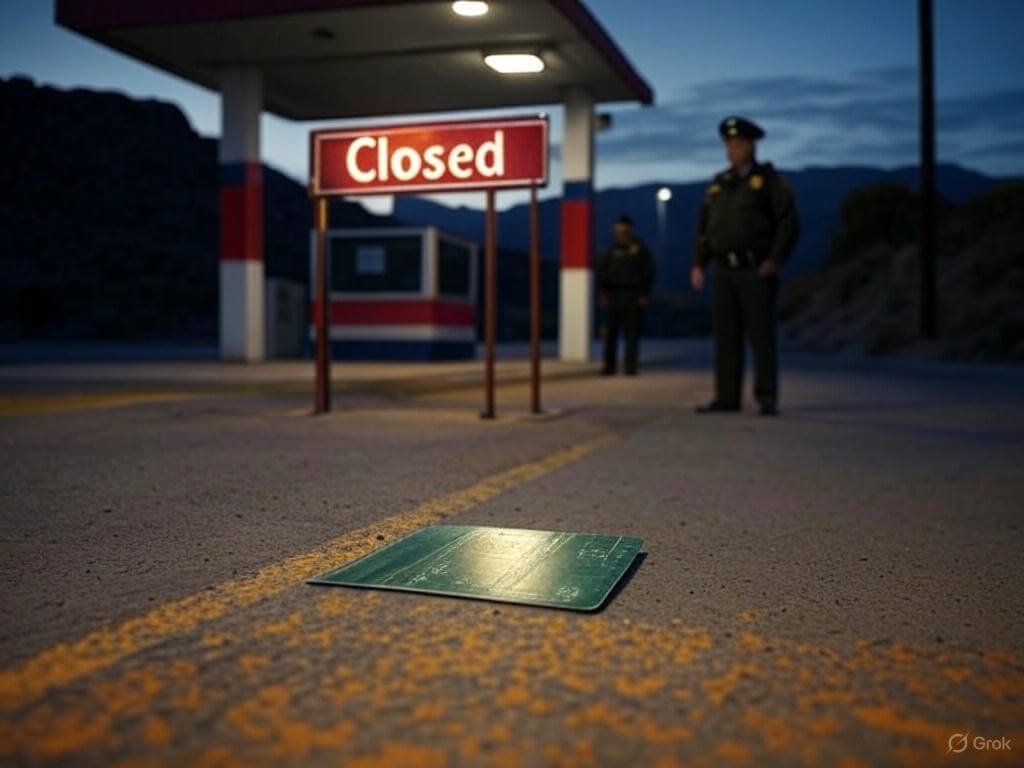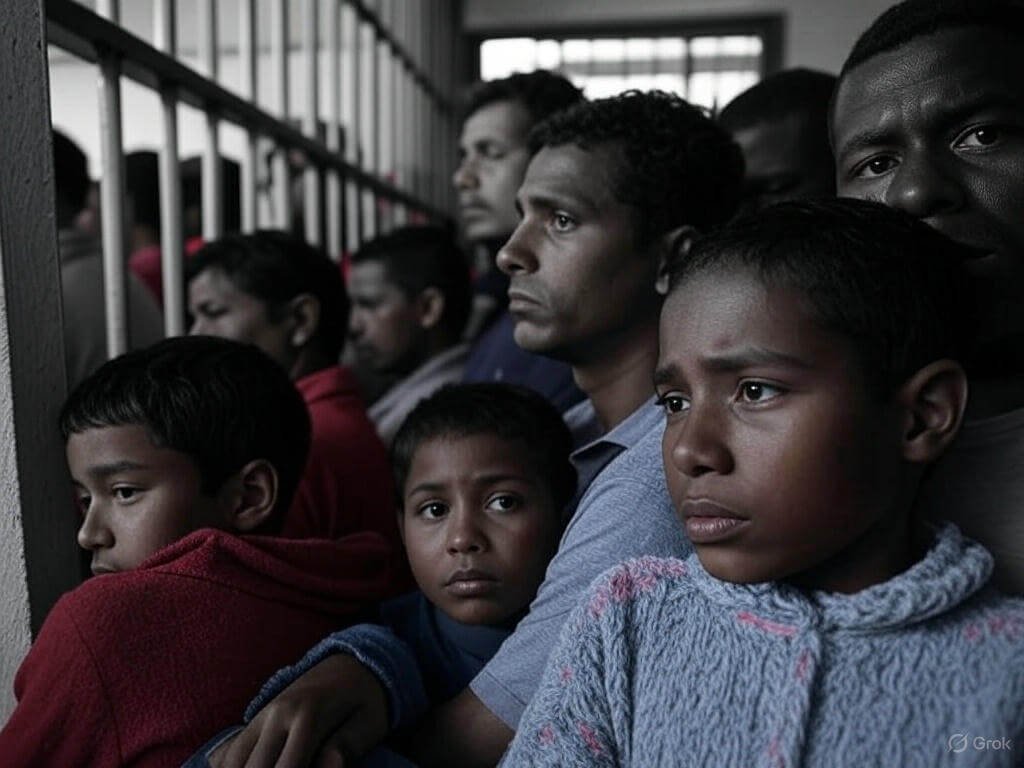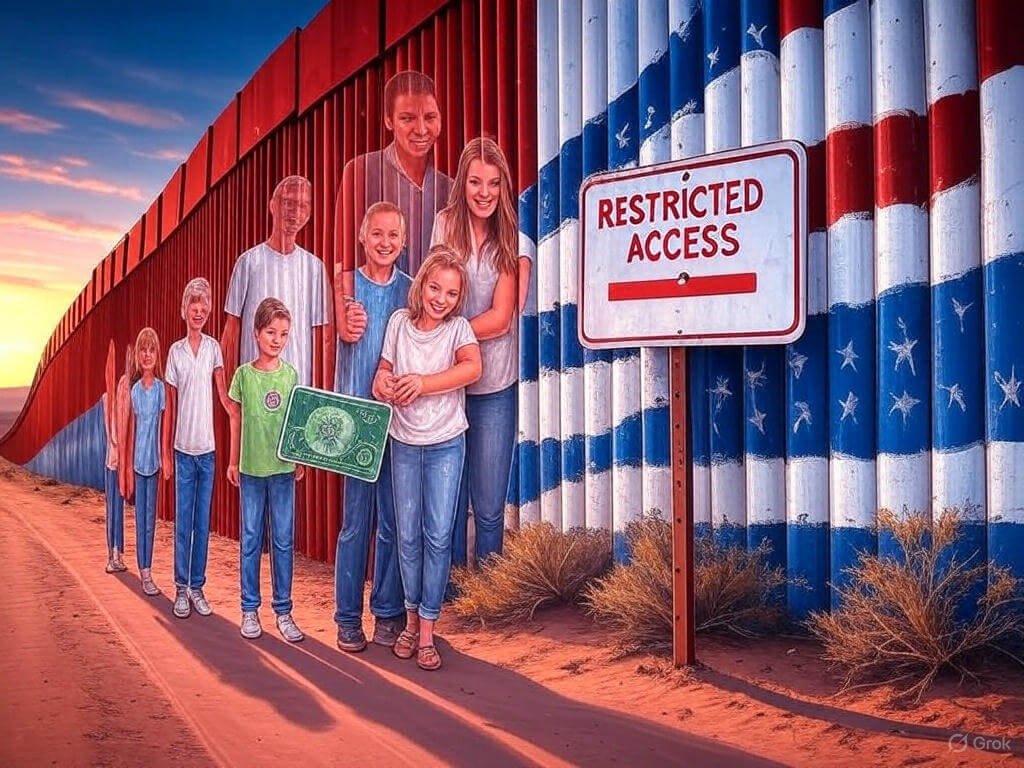How immigration policies have shifted in 2025 under the Trump administration has reshaped the U.S. landscape, impacting millions of lives. From stricter border controls to changes in legal pathways, these shifts are more than headlines—they affect communities, economies, and futures. Let’s break down the major changes, their impacts, and what you can do to navigate this new reality.

How Immigration Policies Have Shifted at the Border
The Trump administration has prioritized border security, introducing sweeping changes in 2025 that have tightened entry points and asylum processes.
1. End of Catch-and-Release: A Major Shift
The practice of releasing migrants while they await court hearings, often called “catch-and-release,” has been terminated, leading to increased detentions.
- Change: Migrants are now detained until their cases are resolved, per USAHello.
- Impact: Overcrowded detention centers near the U.S.-Mexico border, with plans for new facilities, per USAHello.
- Example: A Texas father was detained while buying baby formula, despite pursuing legal status, per BushCenter.
Actionable Takeaway: If you’re undocumented, consult an immigration lawyer via NILC to understand detention risks.
2. Stricter Asylum Rules: A Tougher Path
New border policies have made seeking asylum at the U.S.-Mexico border significantly harder, limiting options for many.
- Data: A new rule effective April 2025 restricts asylum claims, per USAHello.
- Impact: More deportations, with some migrants facing harsh conditions in detention, per USAHello.
- Criticism: Advocates argue this violates international law, per Boundless.
Actionable Takeaway: Stay updated on asylum rules via IRAP to explore legal options.

How Immigration Policies Have Shifted for Legal Status
Beyond the border, 2025 has seen significant changes to legal immigration pathways, affecting students, workers, and families.
1. Travel Bans and Visa Restrictions: A Wider Net
A new travel ban, broader than the first Trump administration’s, targets citizens of up to 43 countries, impacting legal immigration.
- Details: Countries like China and India may be added to the ban list, per Cornell Global Learning.
- Impact: International students and workers face delays, with visa processing times lengthening, per Cornell Global Learning.
- Example: A Columbia University student was detained for activism, despite a green card, per Boundless.
Actionable Takeaway: Return to the U.S. before January 2025 if you’re from affected countries, and check updates on DHS.gov.
2. Birthright Citizenship Challenge: A Controversial Move
Trump’s executive order aims to end birthright citizenship for children born to undocumented parents, sparking legal battles.
- Change: Effective February 2025, children born on U.S. soil may not gain citizenship if their mother is undocumented, per USAHello.
- Impact: Families face uncertainty, with potential deportations looming, per Boundless.
- Criticism: Legal experts call this unconstitutional, citing the 14th Amendment, per NYC Bar Association.
Actionable Takeaway: Seek legal advice from United We Dream if this affects your family.
How Immigration Policies Have Shifted for the Economy
These policy shifts have ripple effects on the U.S. economy, with both short-term disruptions and long-term concerns.
1. Mass Deportations: An Economic Risk
Trump’s promise of mass deportations, though scaled back from campaign rhetoric, is already impacting labor markets.
- Data: A “low” scenario predicts net outmigration of 650,000 in 2025, reducing GDP by $30–$110 billion, per Brookings.
- Example: California’s healthcare sector faces shortages due to immigration crackdowns, per BushCenter.
- Insight: History shows restrictive policies, like the Chinese Exclusion Act, harmed growth, per HBS Library.
Actionable Takeaway: Advocate for balanced policies via Vote.gov to support economic stability.
2. Reduced Legal Pathways: A Labor Shortage
Cuts to student visas and refugee resettlement are shrinking the labor pool, exacerbating demographic challenges.
- Change: Student visas cut by 90,000 and refugee resettlement to 15,000 annually, per Brookings.
- Impact: An aging U.S. population faces increased fiscal strain without immigrant workers, per HBS Library.
- Data: Immigration historically boosts wages for U.S.-born workers by 1.7–2.6%, per Johns Hopkins Carey.
Actionable Takeaway: Explore job opportunities in sectors needing workers at BLS.gov.

What These Immigration Policy Shifts Mean for You
How immigration policies have shifted in 2025 affects everyone—families, workers, and communities. From border detentions to economic impacts, these changes demand attention and action. Here’s how to stay ahead:
- Stay Informed: Follow updates on USAHello to understand policy changes.
- Protect Yourself: Create a safety plan with ASAP if you’re at risk of deportation.
- Engage Locally: Support immigrant-friendly policies via CLINIC.
Real-World Example: In 2025, a New Orleans family was deported despite routine check-ins, highlighting the need for legal support, per Boundless.
Why Immigration Policy Shifts Matter in 2025
How immigration policies have shifted in 2025 isn’t just a political debate—it’s about real lives and the future of the U.S. economy. Understanding these changes empowers you to navigate challenges and advocate for a fairer system.





